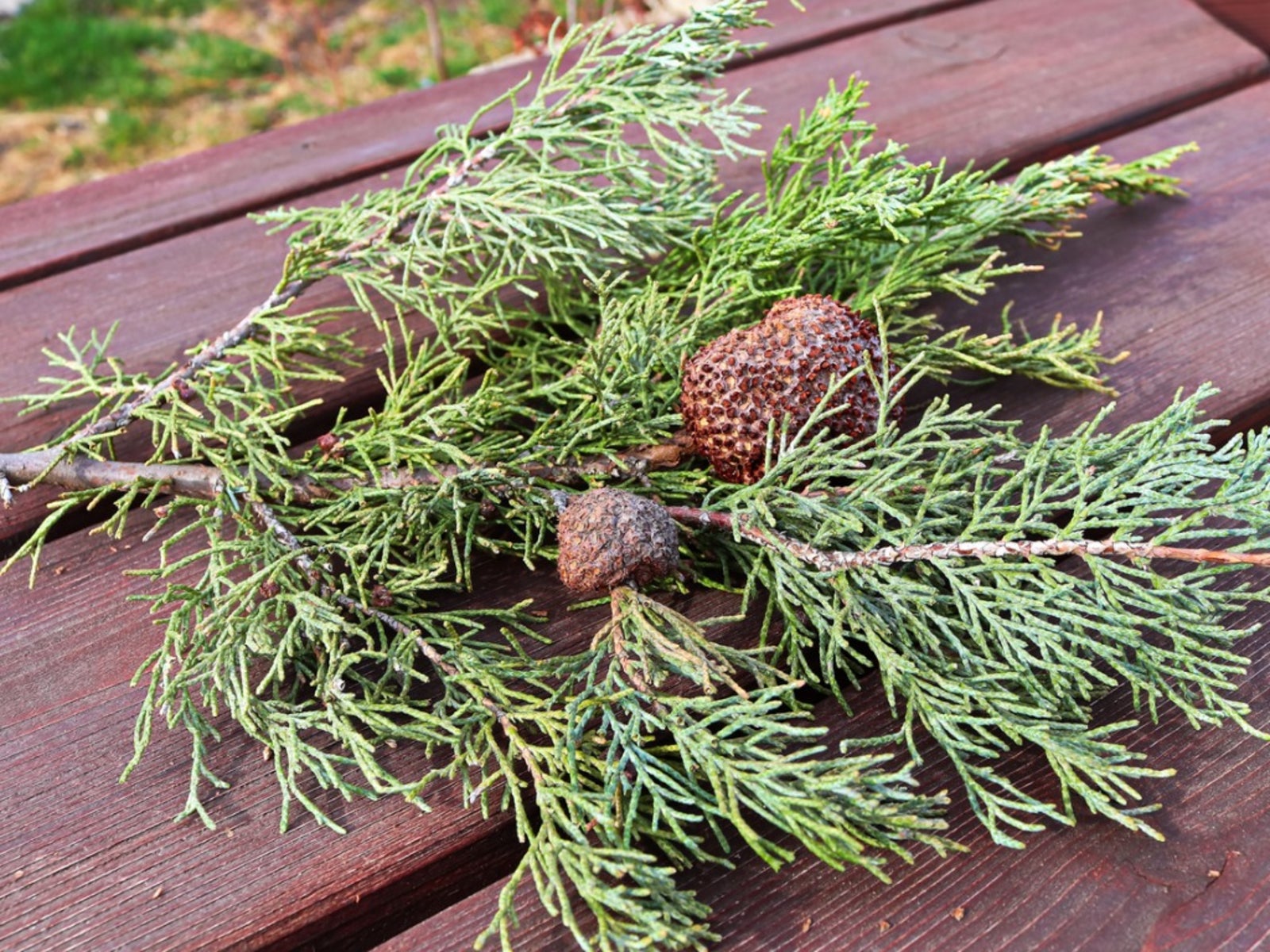What Is Cedar Hawthorn Rust: Identifying Cedar Hawthorn Rust Disease


Cedar hawthorn rust is a serious disease of hawthorn and juniper trees. There is no cure for the disease, but you can prevent its spread. Find out how to control cedar hawthorn rust in this article.
What is Cedar Hawthorn Rust?
Caused by a fungus called Gymnosporangium globosum, Cedar hawthorn rust disease is a disfiguring condition of hawthorns and junipers. Although it rarely kills trees, the trees never recover from the damage. You can prune out the worst of it, but once it affects the entire tree, your only choices are to learn to live with it or take the tree down. In addition to the rust-colored spots on the leaves, hawthorns may have rusty-looking "fingers" projecting from the fruit. The leaves may yellow and drop from the tree. Junipers develop woody galls that also have rusty fingers. If you recognize and treat the disease early, you may be able to enjoy your tree for several more years.
Cedar Hawthorn Rust Treatment
When a tree has visible symptoms of cedar hawthorn rust, it is too late to save the tree. Focus on slowing its progress and preventing it from spreading to other trees in the surrounding area. The fungal spores that infect additional trees are blown about on the wind, so most new infections occur within a few hundred feet of an infected tree. That said, spores have been known to travel a few miles. It's best to err on the side of caution when deciding whether or not to use preventative treatment on a tree. The two-part life cycle of cedar hawthorn rust disease involves both hawthorns and junipers. Infected hawthorns develop reddish-brown spots (rust) on the leaves and junipers have galls with fingers extending from them. Remove the galls in winter to help prevent spread and never plant junipers near hawthorns. Although you can't cure an infected tree, you can prune out infected parts of the tree to improve its health and appearance. Remove entire branches wherever possible. This not only benefits the infected tree, but also reduces the number of spores capable of spreading the infection. Moisture around hawthorn and juniper trees encourages the fungus. Reduce moisture by making sure air circulates freely around the tree. You may be able to accomplish this through pruning. When watering the tree, direct the spray toward the soil rather than the branches. Protect trees from infection by spraying in spring and early summer with an approved fungicide. Both chlorothalonil and mancozeb are registered for use against cedar rust disease on hawthorns. Follow the label instructions and spray the tree until the fungicide drips from the branches. Spray junipers with a Bordeaux mixture every two weeks beginning in midsummer.
Sign up for the Gardening Know How newsletter today and receive a free copy of our e-book "How to Grow Delicious Tomatoes".

Jackie Carroll has written over 500 articles for Gardening Know How on a wide range of topics.